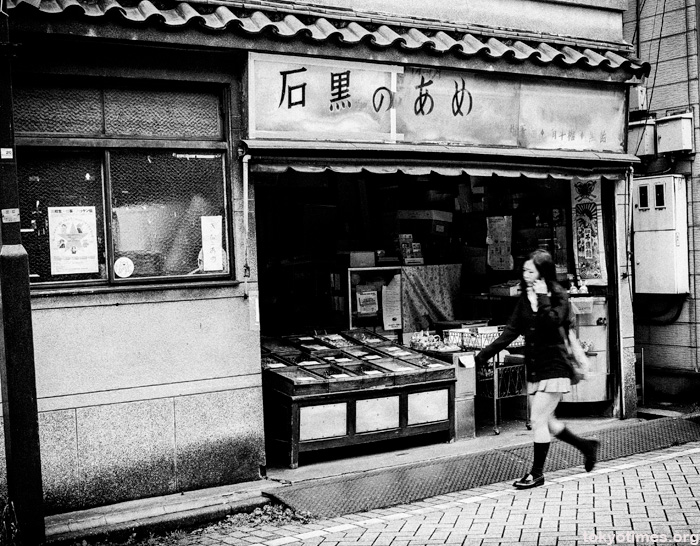Fancy bars are all well and good if you fancy a, erm, fancy bar. But for real atmosphere, and arguably a taste of real Japan, Tokyo’s seemingly infinite selection of tiny bars and eateries really take some beating.
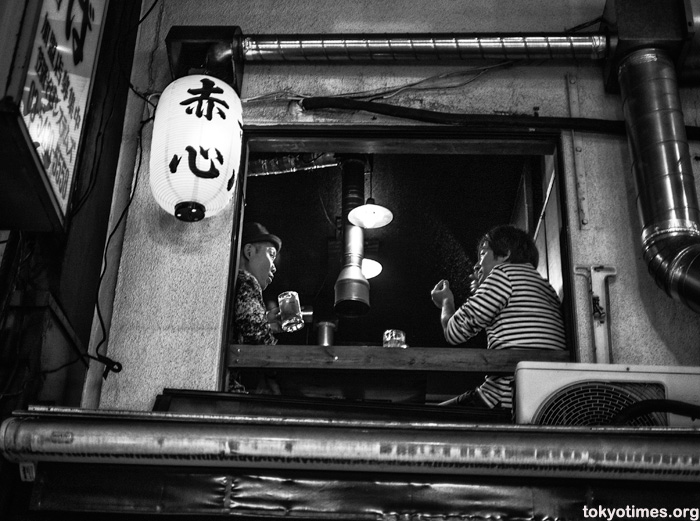
Photographs from a small group of islands
Fancy bars are all well and good if you fancy a, erm, fancy bar. But for real atmosphere, and arguably a taste of real Japan, Tokyo’s seemingly infinite selection of tiny bars and eateries really take some beating.

The simple Japanese pleasure, of some simple Japanese food.
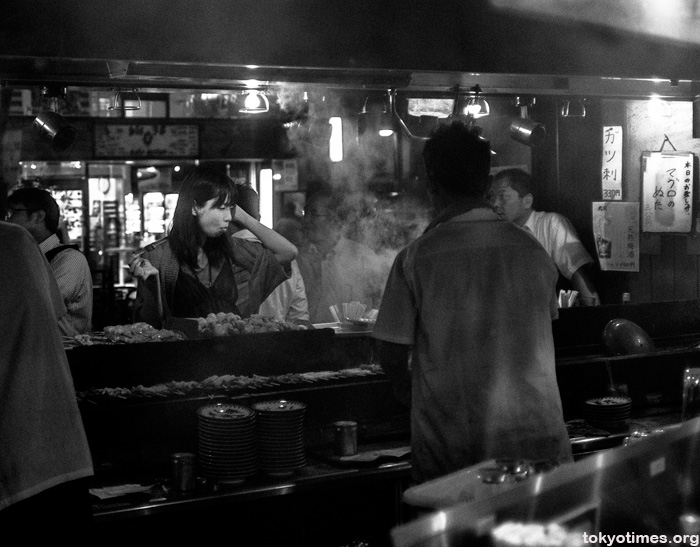
Tokyo isn’t all about fashion and putting on appearances — sometimes it’s simply just a case of some booze and getting by.
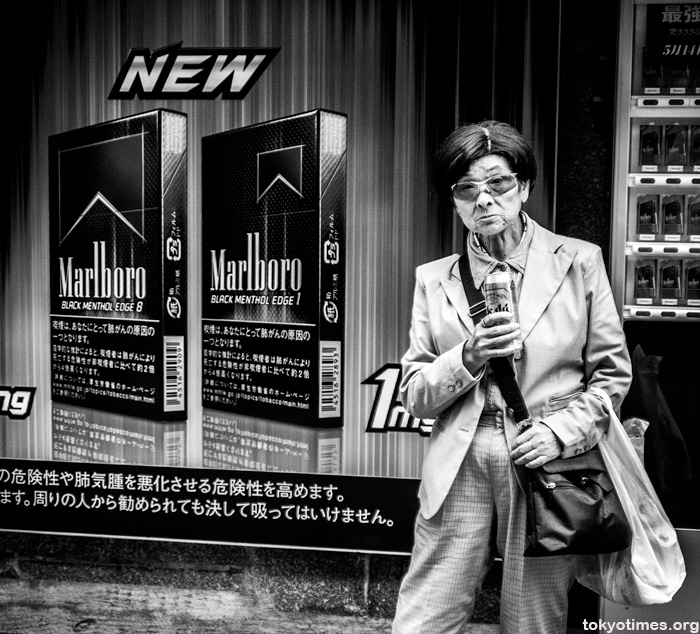
Ramen is sometimes described as Japanese soul food. But in this tiny place, in a very old part of Tokyo, it is good for the soul on several levels.
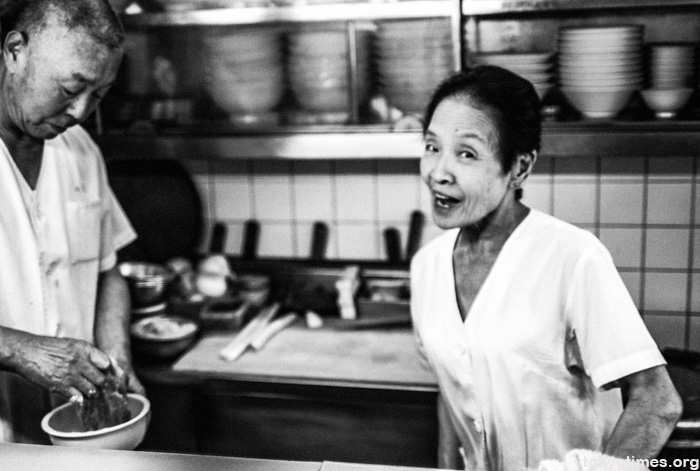
There’s a seemingly endless number of unique and interesting drinking spots in Tokyo, but even amongst such stellar company, Asakusa’s Kamiya Bar still manages to stand out.
Built in the late 1800s — becoming the capital’s first western-style bar — the boozer has lived up to its no-nonsense image by somehow surviving the 1923 Great Kanto Earthquake, and then the devastating bombing raids of World War II.
Yet despite this history, and the establishment’s staunchly working class attitude in a supposedly middle class society, what really makes Kamiya Bar special are its patrons — plus the practice of having to sit wherever, and with whoever, one can find a space. A system that makes for continually different experiences, with continually interesting characters.
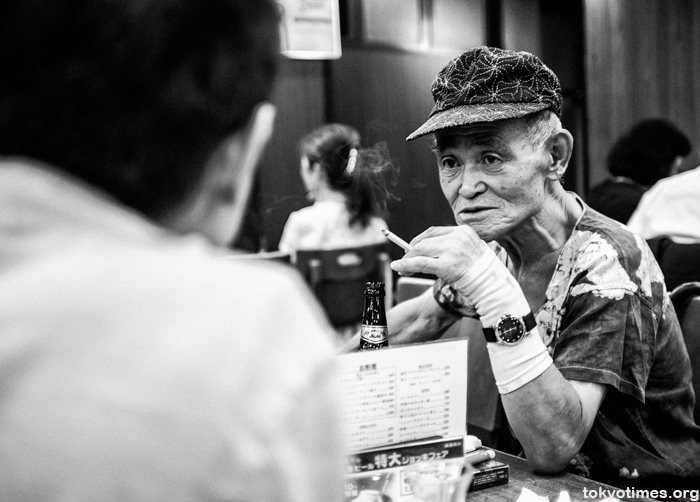
Young and old. Modern and traditional. The almost constant contrasts that make Tokyo a joy to meander around.
